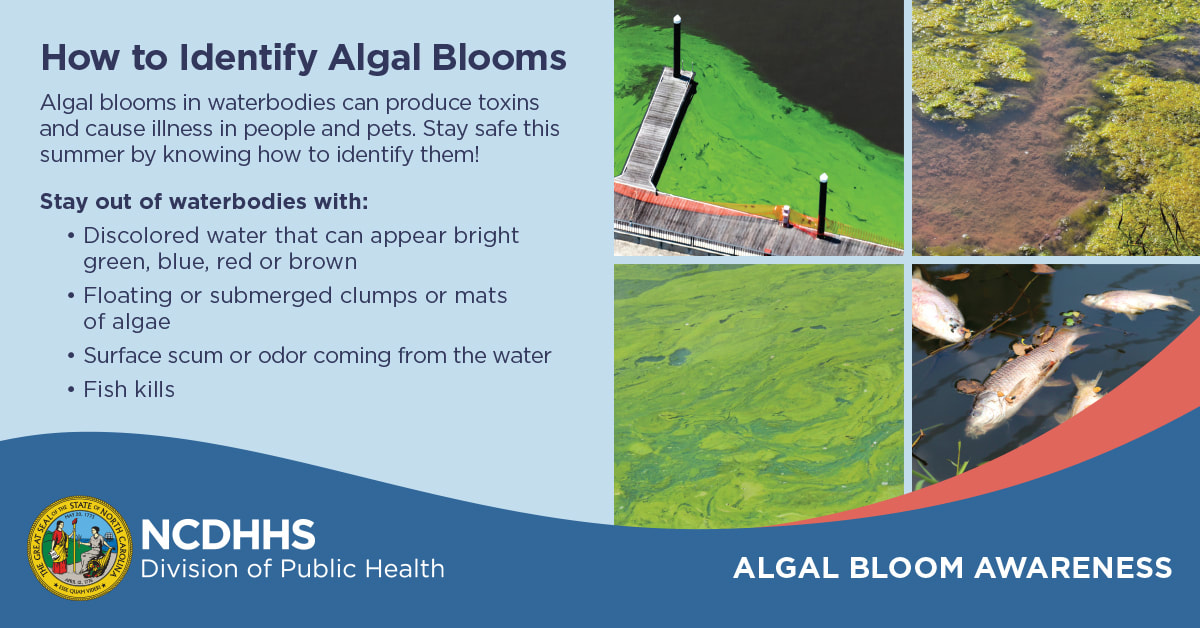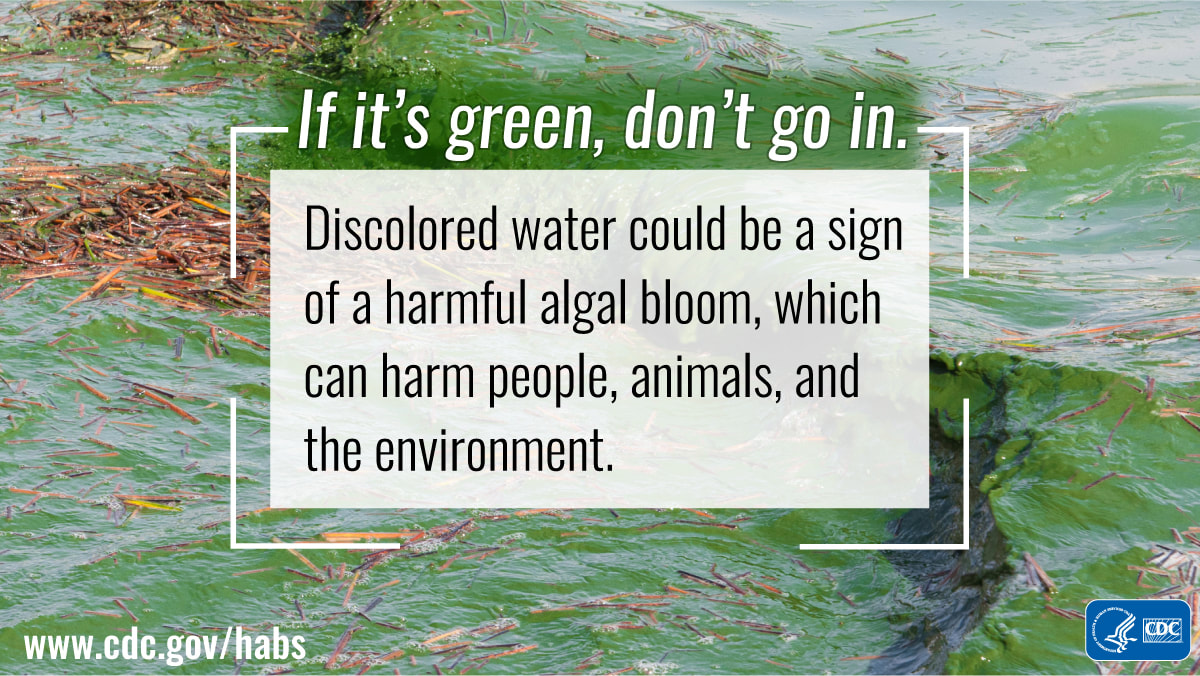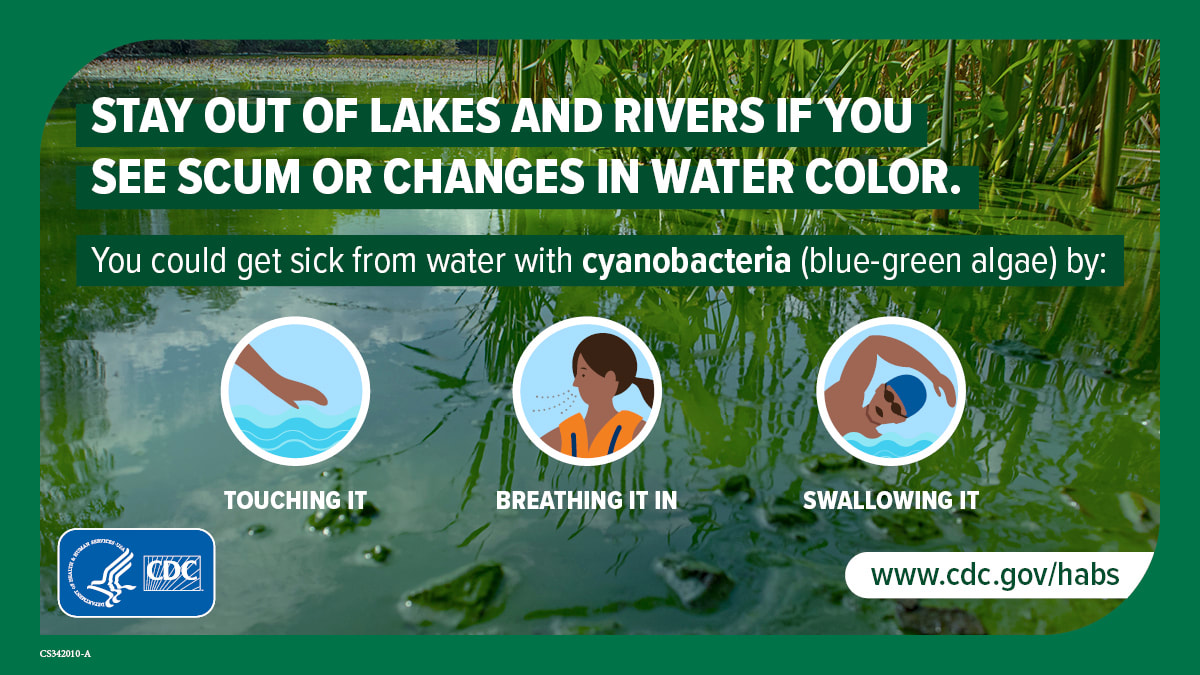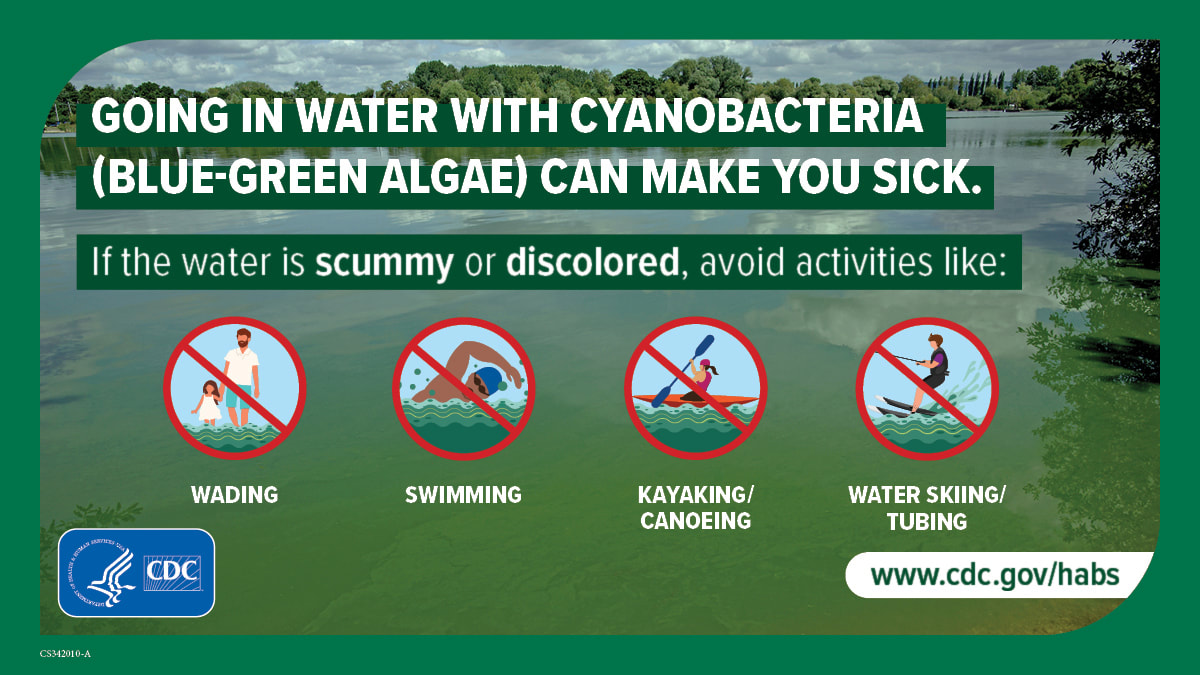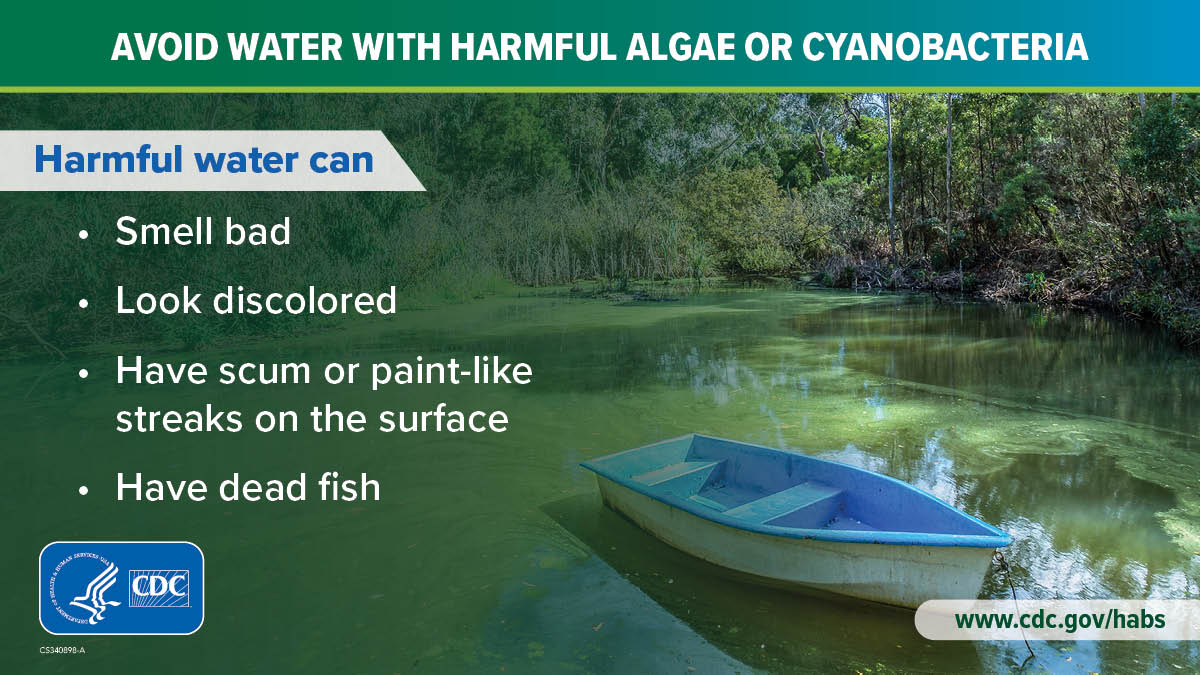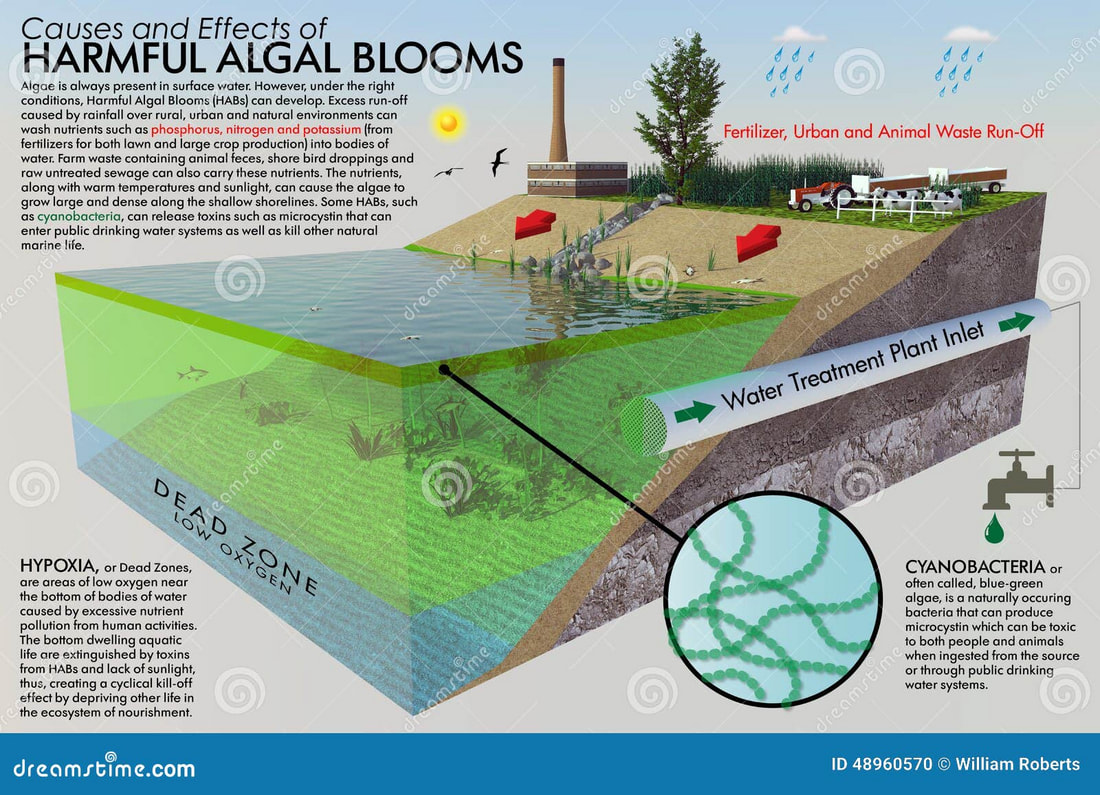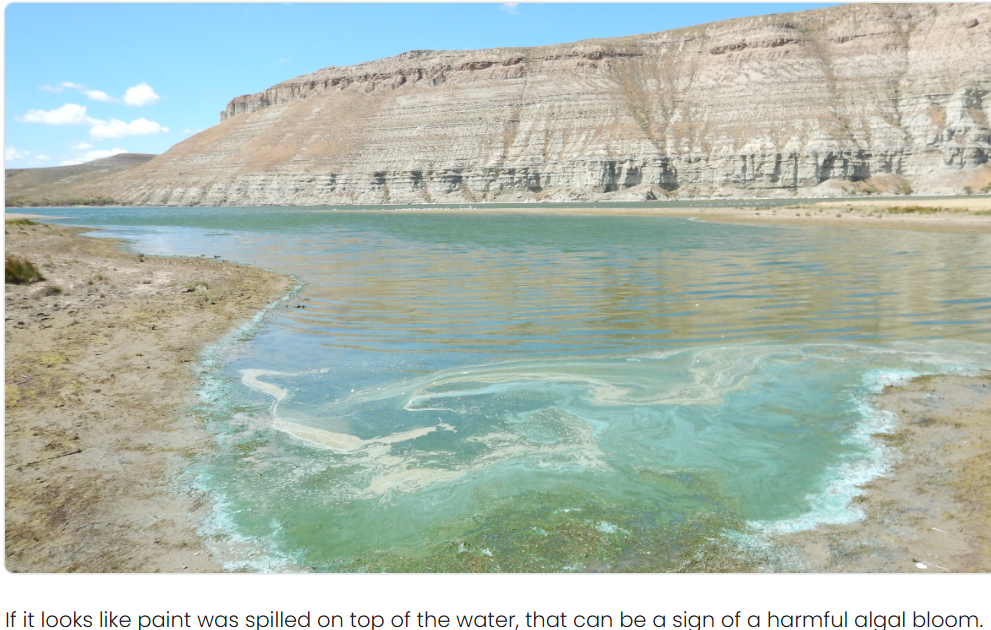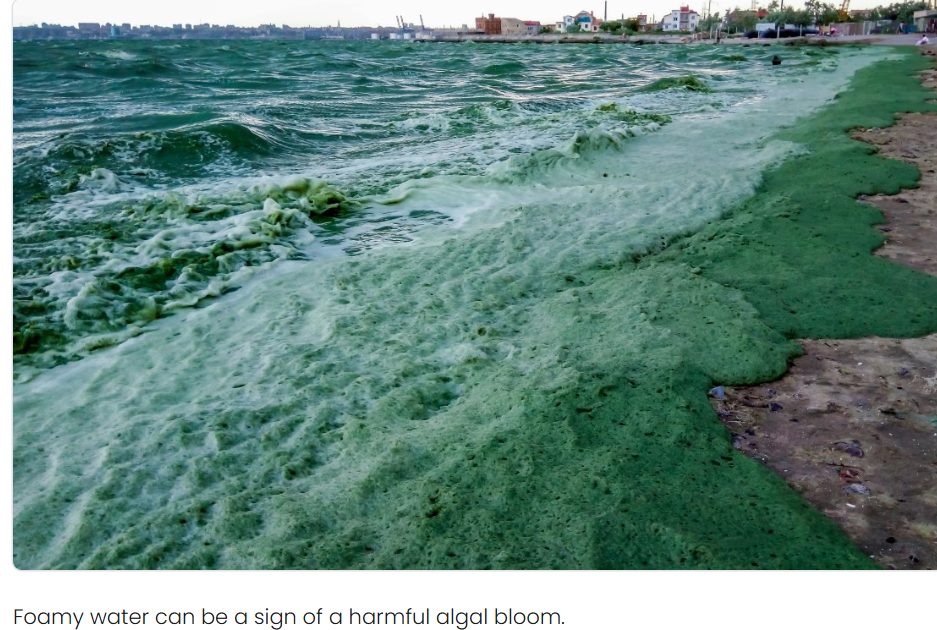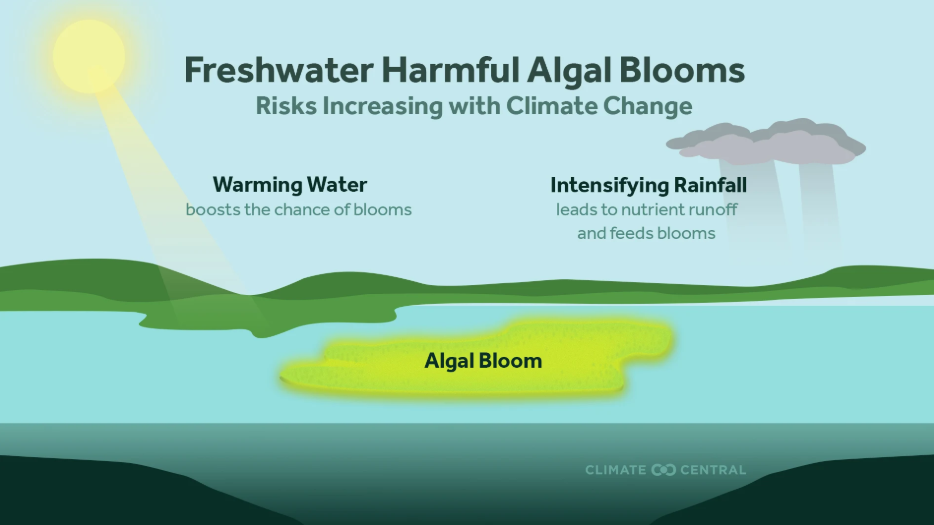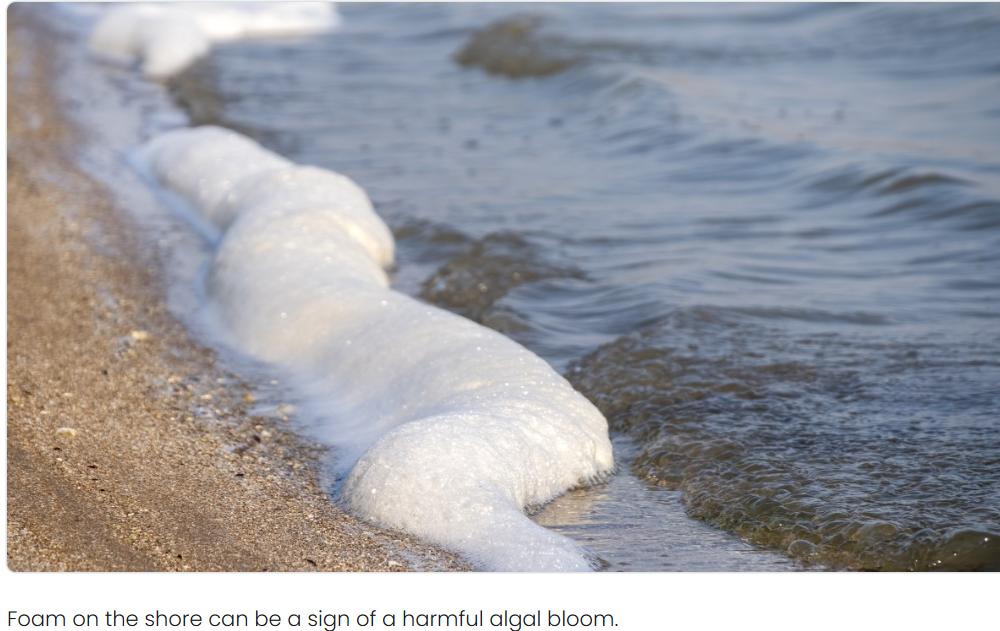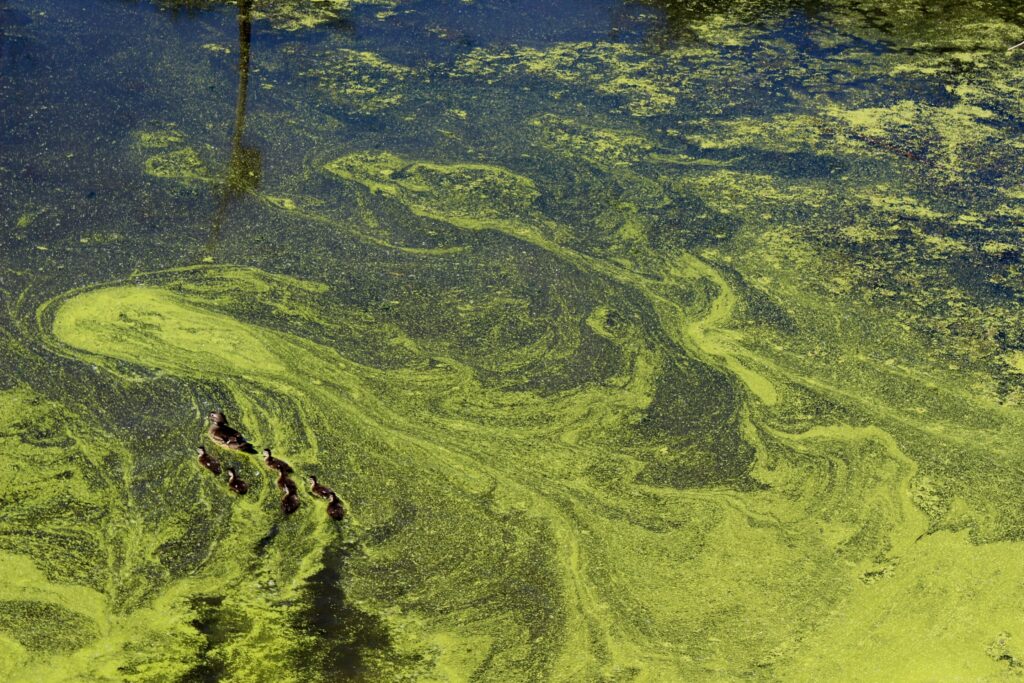29.07.2025
'Ecological Catastrophe': What To Know About Algae Bloom Crisis
An algal bloom refers to a rapid increase in the population of algae. While it is a naturally occurring phenomenon, it can be exacerbated by climate change and extreme weather conditions. a warm summer, marine heat wave, and delay in seasonal temperature dropping had contributed to the development of this algal bloom. The bloom has now killed tens of thousands of specimens from hundreds of different marine species. Harmful algae can make water smell bad, discolor water, or look like scum, spilled paint, or foam. As harmful algal blooms die and decay, they can release gases. These gases can smell like rotten eggs or rotting plants. Some types of blue-green algae can produce cyanotoxins, including a group of toxins called microcystins. Cyanotoxins are harmful to humans and animals. The algae produce domoic acid, a neurotoxin that can cause disorientation, seizures, brain damage, and even death in marine mammals that ingest it. Sea lions and dolphins are particularly vulnerable, with many stranding events reported and high numbers of deaths attributed to domoic acid poisoning. Even whales, including humpback and minke whales, are being affected, with confirmed cases of domoic acid toxicity. While humans are not directly impacted by swimming in the affected waters, consumption of seafood contaminated with domoic acid can cause illness. It is advised to check shellfish closures and heed warnings before harvesting seafood from affected areas.
Credit: DW
Credit: DW
Poverty deprives people of adequate education, health care and of life's most basic necessities- safe living conditions (including clean air and clean drinking water) and an adequate food supply. The developed (industrialized) countries today account for roughly 20 percent of the world's population but control about 80 percent of the world's wealth.
Poverty and pollution seem to operate in a vicious cycle that, so far, has been hard to break. Even in the developed nations, the gap between the rich and the poor is evident in their respective social and environmental conditions.
Poverty and pollution seem to operate in a vicious cycle that, so far, has been hard to break. Even in the developed nations, the gap between the rich and the poor is evident in their respective social and environmental conditions.
